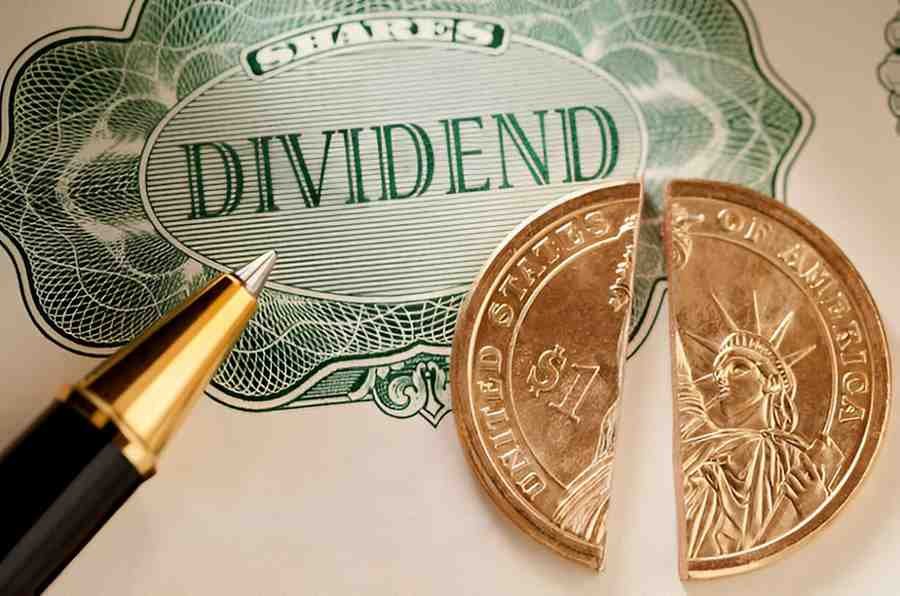As a finance expert, I often analyze investment vehicles that balance income and growth. American Century dividend mutual funds stand out for investors who prioritize steady income with moderate capital appreciation. In this article, I dissect these funds, their performance, tax implications, and suitability for different investor profiles.
Table of Contents
Understanding Dividend Mutual Funds
Dividend mutual funds invest in companies that pay regular dividends. These funds appeal to income-focused investors, retirees, and those seeking lower volatility. American Century, a well-established asset manager, offers several dividend-focused funds with varying strategies.
Why Dividends Matter
Dividends contribute significantly to total returns. According to research from Hartford Funds, dividends accounted for about 40% of the S&P 500’s total return since 1930. Reinvesting dividends compounds wealth over time. The formula for total return with dividends reinvested is:
Total\ Return = \frac{(Ending\ Value + Dividends\ Reinvested)}{Beginning\ Value} - 1American Century’s Dividend Fund Offerings
American Century provides multiple dividend funds, each with distinct objectives. Below, I compare three key funds:
| Fund Name | Ticker | Expense Ratio | Dividend Yield (Trailing) | Primary Holdings |
|---|---|---|---|---|
| Equity Income Fund | TWEIX | 0.92% | 2.5% | Large-cap value stocks |
| Diversified Dividend Fund | ADVDX | 0.96% | 2.1% | Blend of growth & value |
| Mid Cap Value Fund | ACMVX | 1.01% | 1.8% | Mid-cap dividend payers |
Performance Comparison
Past performance doesn’t guarantee future results, but historical trends help assess consistency. Below is a 5-year annualized return comparison (as of 2023):
| Fund Name | 5-Year Return | S&P 500 Benchmark |
|---|---|---|
| TWEIX | 7.2% | 9.8% |
| ADVDX | 8.1% | 9.8% |
| ACMVX | 6.9% | 9.8% |
While these funds underperformed the S&P 500, they exhibited lower volatility, making them suitable for risk-averse investors.
Tax Considerations
Dividend mutual funds generate taxable income. Qualified dividends (held over 60 days) receive preferential tax rates (0%, 15%, or 20%). Non-qualified dividends are taxed as ordinary income.
Example: Tax Impact on a $10,000 Investment
Assume:
- Dividend yield: 2.5% ($250 annually)
- Tax bracket: 24% (ordinary income), 15% (qualified dividends)
Scenario 1: 100% qualified dividends
Tax = 250 \times 0.15 = \$37.50Scenario 2: 50% qualified, 50% non-qualified
Tax = (125 \times 0.15) + (125 \times 0.24) = \$48.75Tax efficiency varies across funds. Investors in higher brackets should prioritize tax-advantaged accounts (IRAs, 401(k)s).
Dividend Reinvestment: The Power of Compounding
Reinvesting dividends accelerates wealth growth. The formula for future value with reinvested dividends is:
FV = P \times (1 + \frac{r}{n})^{n \times t} + D \times \frac{(1 + \frac{r}{n})^{n \times t} - 1}{\frac{r}{n}}Where:
- P = Principal
- r = Annual return
- n = Compounding frequency
- D = Annual dividends
Example Calculation
- Initial investment: $10,000
- Annual return: 7%
- Dividend yield: 2.5% ($250/year)
- Time horizon: 20 years
Without reinvestment, the future value would be lower (~$38,700).
Risks and Drawbacks
- Interest Rate Sensitivity – Dividend stocks, especially utilities and REITs, underperform when rates rise.
- Sector Concentration – Some funds overweight financials or consumer staples, increasing sector risk.
- Lower Growth Potential – High-dividend stocks may reinvest less in growth, lagging tech-heavy indices.
Who Should Invest?
- Retirees needing predictable income.
- Conservative investors prioritizing capital preservation.
- Tax-deferred accounts holders minimizing tax drag.
Final Thoughts
American Century dividend funds provide a balanced approach for income-seeking investors. While they may trail broad market indices, their lower volatility and steady payouts make them a prudent choice for long-term portfolios. Always assess fees, tax implications, and personal risk tolerance before investing.





